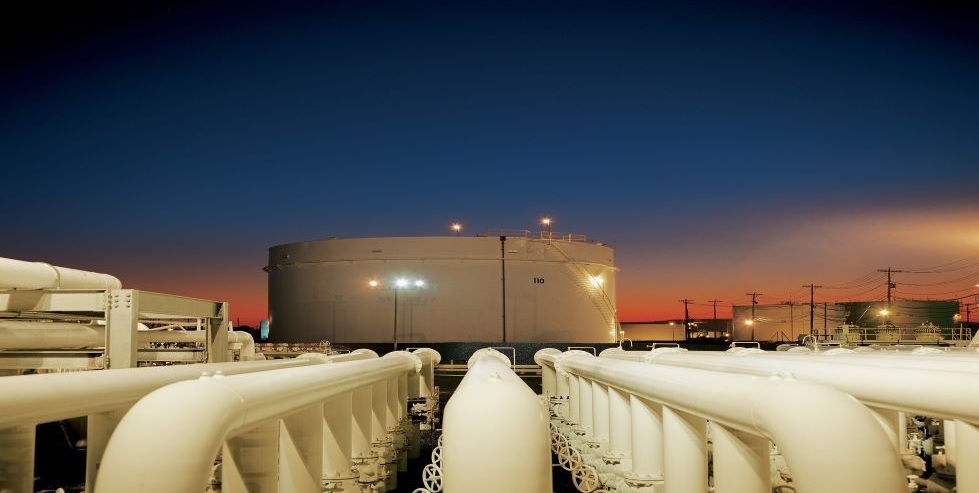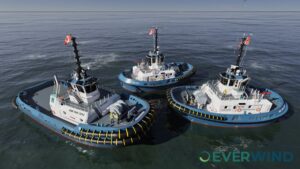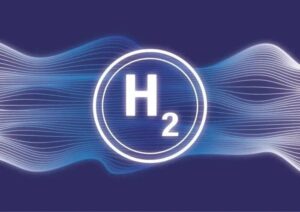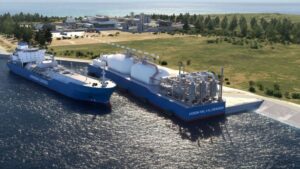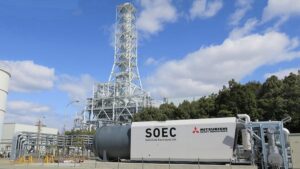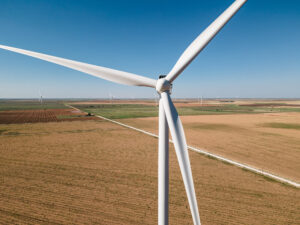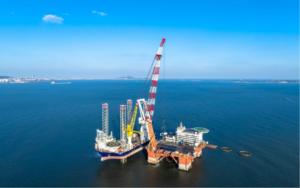Canadian project ditches LNG for hydrogen production
While several Canadian LNG projects are progressing with environmental permits and construction milestones, a Nova Scotia-registered company has decided to stop advancing an LNG project on the Strait of Canso and proposed constructing and operating a green hydrogen and ammonia facility instead.
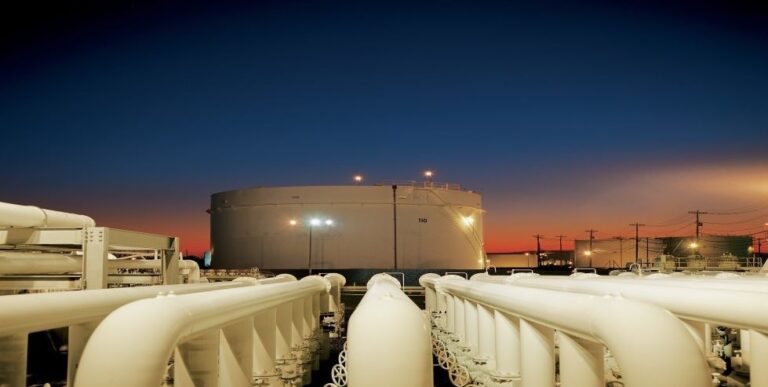
Bear Head Energy (BHE), an owner of the previously approved Bear Head LNG project in the Point Tupper Industrial Park on the Strait of Canso, said it is no longer advancing the LNG project and is currently developing the green hydrogen and ammonia production, storage and loading facility in its place.
The company, which was acquired by Texas-based petroleum firm Buckeye Partners in July 2022, registered the proposed facility for environmental assessment (EA) on 21 February 2023, according to Nova Scotia’s Department of Environment and Climate and Change.
Related Article
-
Buckeye Partners completes acquisition of Bear Head Energy
Business Developments & Projects
Based on Bear Head Enegy’s EA registration documents, the project will involve the construction of the green hydrogen and ammonia facility that will be capable of producing 2 million tonnes per annum (mtpa) of anhydrous ammonia at peak operations. The produced ammonia would be shipped to world markets via approximately 40 to 60 speciality marine carriers per year.
Pending the necessary approvals to proceed, project construction is scheduled to begin in 2024 with plant commissioning and the first ammonia production scheduled in late 2027.
The proposed facility will be constructed in multiple phases driven by the availability of renewable power and will be located within the footprint of the previously approved, but not fully constructed, Bear Head LNG project.
In April 2016, an updated approval to construct was issued to the LNG plant export facility. However, because of changing energy markets, development of the site was again placed in hot idle in 2019, BHE explained.
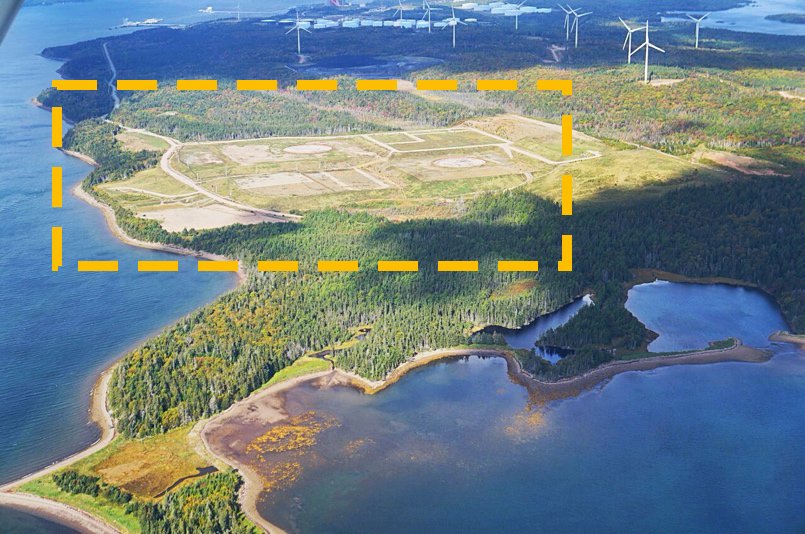
The company now proposed to undertake the construction of the hydrogen facility that would include electrolysis units for green hydrogen production, air separation unit(s) (ASU) for nitrogen generation, Haber-Bosch ammonia synthesis unit(s), ammonia bulk storage tank(s), and a marine terminal plus associated infrastructure.
The proposed marine works include a jetty platform, ship berthing and trestle structure, loading facilities and marine offloading facility (MOF) to be developed within the water lot owned by BHE. The design of these marine facilities will be the same as previously approved for the Bear Head LNG Project, BHE said.
Furthermore, the company estimates that this project would generate approximately 45 to 70 permanent direct jobs and 175 permanent indirect jobs for 20 years or more and 600 to 700 temporary construction jobs.
In its EA registration documents, BHE claims that the project represents a commercial-scale energy export project that will provide a non-GHG emitting fuel source and allow Nova Scotia to become a leader in the global energy transition.
“Hydrogen is difficult to store and transport due to its low energy density so it is often combined with nitrogen to safely produce ammonia for efficient transport. Building the project to supply green ammonia to the international market provides cost advantages, including increased investment and higher production rates with decreased unit costs.
“A large-scale export project encourages the development of expertise and experience of local equipment and service providers, facilitating opportunities and growth to service future local markets as they evolve. Although the project will at first produce ammonia to be shipped to world markets versus supplying local energy needs, it may also serve to anchor a growing domestic green hydrogen and ammonia economy in Nova Scotia and potentially act as a catalyst for additional green energy investments in adjacent industries”, BHE explains.
Related Article
-
Canada in push to position Nova Scotia as clean hydrogen hub
Authorities & Government
According to Nova Scotia’s Department of Environment and Climate and Change, the Minister will decide if the project can be granted conditional environmental assessment approval on or before 12 April 2023.
LNG developments in line with new energy action framework
In the meantime, Canada is witnessing new developments in several other LNG projects. Just recently, Woodfibre LNG, a project being developed by Pacific Energy and Enbridge, revealed its plan to achieve net-zero emissions by the time operations start in 2027, or 23 years ahead of government regulation.
Prior to this, Canada’s British Columbia (B.C.) Environmental Assessment Office issued a readiness decision to Ksi Lisims LNG, a project proposed by the Nisga’a Nation, Rockies LNG and Western LNG.
Earlier this month, the country’s first Indigenous majority-owned LNG facility, Cedar LNG, received its environmental assessment certificate (EAC) from B.C. Environmental Office, and signed a memorandum of understanding with ARC Resources for long-term liquefaction services.
It is also worth reminding that the B.C. government has a new energy action framework that is expected to cap emissions and create new opportunities for people in clean energy and technology. Under this new framework, the province will require all proposed LNG facilities in or entering the environmental assessment process to pass an emissions test with a credible plan to be net zero by 2030.
It will also put in place a regulatory emissions cap for the oil and gas industry, establish a clean-energy and major projects office to fast-track investment in clean energy and technology and create sustainable jobs in the transition to a cleaner economy.

